BROWSE COUNTRIES/ TERRITORIES
The wretched act of animal release
Taiwan’s annual ritual of releasing animals as a form of relieving suffering might just be achieving the opposite.
Walk into a bird shop and it’s not difficult to feel sympathy for the poor birds that would much rather be flying free. Those were the same feelings I experienced as I stood outside the historic Tong Siang Tng Buddhist temple along Singapore’s Devonshire Road. A rusty and brittle cage full of scruffy and dehydrated Eurasian tree sparrows lay along the sidewalk in the scorching sun, tormented by hungry stray cats. “Fast food,” the felines must be thinking.
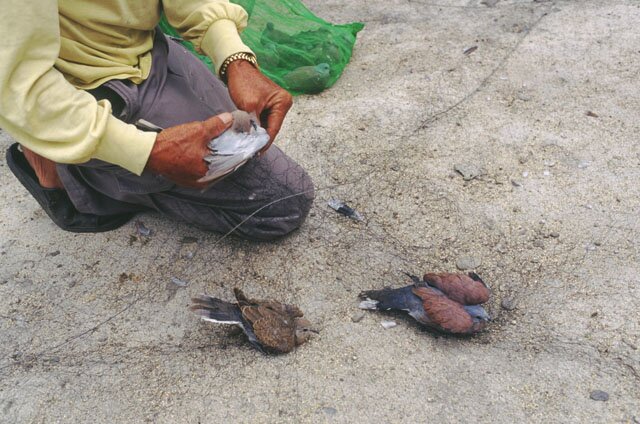
Catch and release: A hunters demonstrates a trapping procedure for birds
A monk came to bless the birds with water. A prosperous-looking gentleman apparently purchased the birds. He believes he will earn some merits upon releasing these pathetic-looking creatures back to Mother Nature.
After the monk finished his chanting, the man lifted the door of the cage. But no birds flew out—they were probably too tired. The man tried to get through the anti-climactic moment by hitting the side of the cage, scaring the poor things out. A few too weak to fly simply hopped out of the cage and stood there. The stray cats made haste of the situation.
“Releasing Life” is a direct translation of the Chinese term fang-sheng, and specifically refers to the practice of saving beings that face imminent death.
Although Buddha did not directly teach the practice, it is a natural expression of the Buddhist tenets of benevolence and protection for all forms of life
Indeed, the first of the ten negative actions to be avoided by a Buddhist is to not intentionally take the life of any being, human or otherwise. Furthermore, the Samannaphala Sutra exalts a monk as “one who has cast aside cudgel and sword and is repelled by violence. He is moved by mercy and, living compassionately, is kind to all creatures that have life.”
Professor Govindasamy Agoramoorthy is a biologist at the Tajen University of Technology in Taiwan. He sheds light on Taiwan’s ecological disposition.
“A century ago, naturalists Robert Swinhow and Alfred Russel Wallace were impressed by the diversity of wildlife in Taiwan, a small island 36,000 square kilometers in areas, with a population of 23 million. Taiwan has grown from agricultural-backwater status to global technological giant within a few decades, with environmental disasters as a frequent by-product.
“Sika deer, which were once common, became extinct in the 1960s as a result of intensive hunting. The Formosan flying fox and clouded leopard were added to the extinction list in recent decades because of hunting and habitat destruction. Despite the existence of several protected areas, human pressure and development intensify the strain on natural habitats. To make things worse, large numbers of non-indigenous wildlife are released into nature through an annual ritual known as ‘prayer animal release’ (or PAR).”
PAR is also practised in Malaysia, Thailand, Cambodia, Vietnam, Hong Kong, and Korea. But no other country holds it on as grand a scale as Taiwan. Animals are loaded and literally dumped by the container load; it fuels a multi-million-dollar industry and this single annual event is possibly the lifeblood of bird and other animal traders in the country
In a 2004 campaign, Taiwanese animal welfare groups condemned the religious practice of releasing wildlife, pointing out that people in Taiwan spent nearly $6 million annually to set free 200 million wild animals, ranging from insects to monkeys.
Taiwan’s two major religions, Taoism and Buddhism, stress the importance of doing good deeds during one’s life, and they dictate the return of wildlife to nature as one way to ensure good karma and eternal life. Thus temples sponsor religious services that feature the release of wildlife.
The market for this trade is huge, and all kinds of animals—birds, fishes, snakes, frogs, turtles, insects, monkeys—are being captured in the wild or smuggled into the island through seaports to be purchased and eventually released into rivers, mountains, forests, lakes, and reservoirs.
Prof. Agoramoorthy is concerned about the effects of this religious practice. “Religious freeing of animals has already led to invasions of non-native species. For example, we have recorded 75 species of exotic birds in the wild in Taiwan, which is potentially disastrous to the island’s delicate ecosystem.
He feels the Taiwanese government must “act quickly to educate the public about the lethal consequences of wildlife release and come up with a policy to counter the unregulated release of wildlife.”
Taiwanese conservation groups describe the fate of Taiwan’s birds as “doomed to their recurrent bad karma”.

A member of a Buddhist group tosses a turtle into a river.
Based on a survey conducted by the Environment and Animal Society of Taiwan (EAST), about 60% of bird stores in Taiwan do business with religious groups, resulting in 600,000 birds being released to the wild each year. Many of these birds die, however, because they are unsuited to surviving in the wild.
Another survey conducted by Taiwan’s Academia Sinica found that 29.5% of the people of all religions participate in prayer animal releases. Women with lower education, who are financially well off and who believe that released animals can survive in the wild, are most likely to participate in ceremonial animal releases.
Adding to the mortalities, conservationists also claimed that around 90% of the birds gathered by the stores die during the process of capturing and transporting them, before the remaining 10% reach the hands of buyers.
Part of the survey by EAST involved following the bird hunters to see how the birds were captured and transported. They found that on most occasions, half of the captured birds died in the hunter’s net, many of them from starvation or dehydration.
EAST also uncovered a high percentage of the birds died during transport or at warehouses. Many of these birds die from injuries sustained whilst attempting to escape from the cages, or of starvation because they reject the feed provided by their captors.
EAST called on all 155 birds stores in Taipei, Taichung and Kaohsiung, and of the 108 that responded to the survey, 63 said they were involved in supplying large numbers of captured wild birds for the ritual.
“Lots of bird sellers are motivated to capture large number of birds for profit because of the religious practice of releasing animals. So many birds have to suffer as they are captured and caged,” says Chu Tseng-hung, secretary-general of EAST.
Chu adds that “the saddest part of the whole activity is that it’s become a mass-production, industralised system. A well-developed, enterprise-based network is behind the cruel practice of bird releasing.”
“We don't blame blind followers, but instead some crafty religious leaders,” EAST president Wu Hung says. “Followers are not aware that their religious bird-freeing is part of a commercialised activity that involves bird-catching and selling.”
Wu says there is also a potential health risk in such bird-freeing: “Mixing diverse bird types during transportation increases the risk of epidemics such as bird flu.”
Birds are amongst the favourites for these rites partly because of their selling rates and the dramatic experience of witnessing a bird fly free after its release, but there has also been an increasing demand for turtles and fish.
Tilapia is a freshwater fish native to the rivers of Africa. They have become so prolific in Taiwan that they can even be found swimming in the carp pools of Chiang Kai-shek Memorial Hall plaza in downtown Taipei. The tilapia is an aggressive and carnivorous fish, and is capable of adapting to its new environment after a few generations. Without any natural predators, they are beginning to dominate the environment in Taiwan, preying upon native species and competing with other native carnivores. Local biologists hope that the tilapias in Choshui are not going to overwhelm their food chain rivals.
Each time a species invasion occurs, it sounds a warning about the health of the area’s biodiversity. In most areas, the ecosystem changes dramatically after incorporating its new members.
One such species is the red-eared slider, a turtle native to North America that has established colonies in Taiwan’s waters.
Dr. Lucia Liu is among several scientists studying the impact of PAR in Taiwan known as the “intrusive species phenomenon”.
Red-eared sliders “may be cute when they are the size of a button, but when they grow up they become a very prolific species,” Liu says. “And when they get out into the wild, it spells doom for the native turtles, and quickly so.”
A good case study for the impact of introduced species exists in the oceanic island of Hawaii. Owing to their isolation, island ecosystems tend to harbor an extraordinary treasury of unique plants and animals that have evolved distinctly from their mainland cousins. Hawaii’s island ecology has been for decades an ideal laboratory for addressing harmful invasive species problems. Invasive plants and animals affect many of the state’s native flora and fauna, and hurt the overall environmental and human health, threatening the viability of its tourism and agriculture-based economy
To combat the problem of stray reptiles and amphibians, the Taipei City Government established the Amphibians and Reptiles Rescue Centre (ARRC). The centre is now home to more than 90 different species of reptiles that originate from every corner of the globe. There are blue skinks, bearded dragons, crocodiles, veiled chameleons, reticulated pythons, leopard tortoises, and tiny glistening frogs and toads of every colour. The centre also aims to crack down on the growing worldwide trade of exotic reptile species in Taiwan.
EAST is calling Taiwanese society to rethink the act of releasing animals as a form of the Buddhist tenet of “rescuing suffering living creatures,” and has urged the government to enact laws to stop the cruel ritual.
The amended “Animal Protection Law”, proposed by Democratic Progressive Party Legislator Lu Po-chi, has passed its first reading in Legislature, and is now pending before the Economy Committee. If approved, the amendments would prohibit the practice of releasing animals, with violators subjected to fines of US$1,500 to US$7,500.
Prof. Agoramoorthy feels that Taiwan doesn’t need any new Animal Protection Laws. He believes Taiwan has one of the most thorough laws concerning animal protection. What it is lacking, he says, is enforcement. He remains optimistic, however, that continued education might lead to a new resolution amongst the Taiwanese.
Officials at the ARRC agree. “Education of the public is the only hope for a reversal in the trend of increased trade in exotic species… As long as there is a market for the reptiles, people will continue to smuggle them into Taiwan.”
While on a survey of fish farms in Indonesia’s South Sulawesi, I spotted a plate-sized Green turtle pacing along the length of a concrete tank used to house groupers and other marine fish. Because several Indonesian islands consume marine turtles, I expected this be destined for the pot. However, as Green turtles are endangered and protected by local laws, I asked the owner, a leathery-skinned pacik, what he intends to do with the young juvenile. “A Chinese businessman gave me money to catch it,” he tells me in Indonesian, “He says he wants to release it later for luck.”
Login or Register
 Debby Ng is an environmental photojournalist whose work has been published in several regional and international magazines, including the award-winning Lebanese magazine, Environment & Development. She has also worked with numerous Asian and international non-government organisations such as the TRAFFIC, World Wide Fund for Nature (WWF), World Society for the Protection of Animals (WSPA) and the Environmental Investigation Agency (EIA).
Debby Ng is an environmental photojournalist whose work has been published in several regional and international magazines, including the award-winning Lebanese magazine, Environment & Development. She has also worked with numerous Asian and international non-government organisations such as the TRAFFIC, World Wide Fund for Nature (WWF), World Society for the Protection of Animals (WSPA) and the Environmental Investigation Agency (EIA).
www.debbyng.net
www.pulauhantu.org
- Asian Dynasties and History
- Conservation of the Environment
- Definition: Culture
- Economy and Economics
- Food and Recipe
- Geopolitics and Strategic Relations
- Health and Body
- Of Government and Politics
- Religion and Practices
- Social Injustices and Poverty Report
- Society, Class and Division
- Unrest, Conflicts and Wars








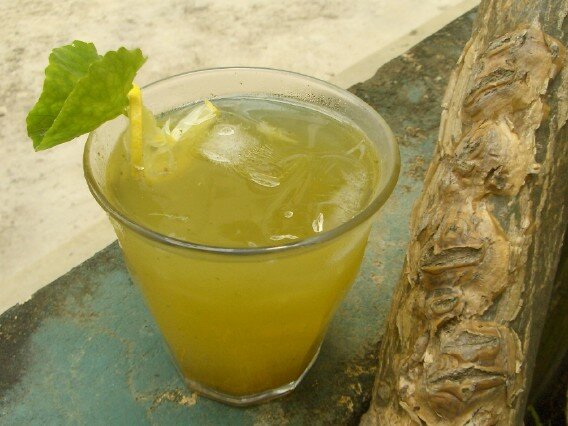





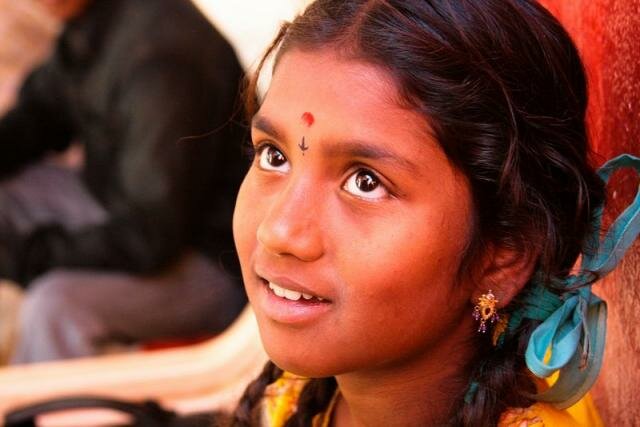
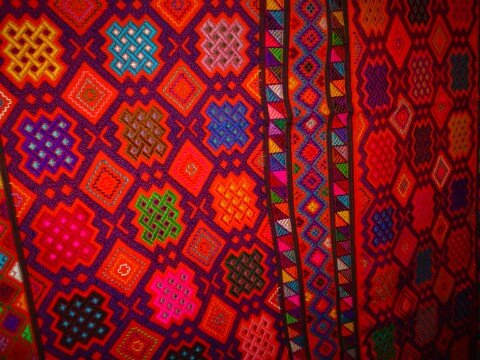













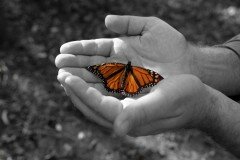
 Another Point
Another Point From Jerusalem to the West Bank
From Jerusalem to the West Bank
Comments
Post new comment